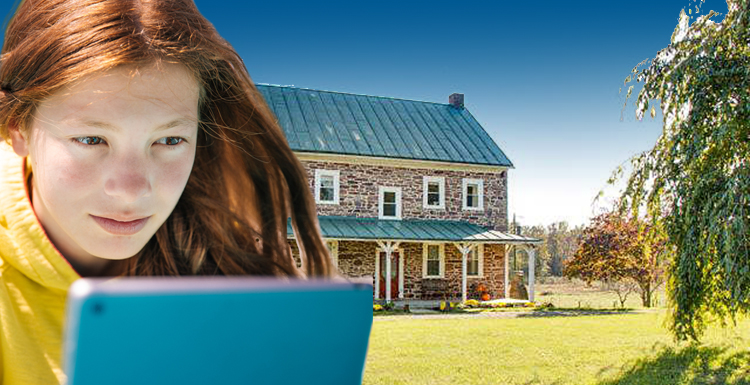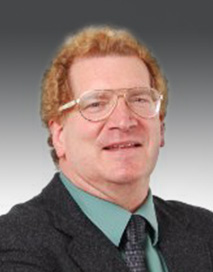
In southern Maryland, St. Mary’s County is 54 miles long and there are only three libraries.
“We have people living at one end who might be 25 miles away from a branch,” said Michael Blackwell, Director of the St. Mary’s County Library that operates in the small communities of Leonardtown, Charlotte Hall and Lexington Park.

Yet, many of its rural and suburban residents do have cell phones and tablets. “People in this area are hungry for digital content. In surveys, they say there is not enough. Library digital use is growing, unlike library print use, which is very flat,” said Blackwell. “How to keep up with demand is a real challenge for us.”
That’s why Blackwell sees great promise in expanding the county’s digital offerings through Controlled Digital Lending, the digital equivalent of traditional library lending. CDL opens up access to rural patrons who may not otherwise be able to use the library because of transportation or other barriers. There are children whose parents work three jobs who need books for homework. There are shift workers who work during library hours. There are those for whom a physical trip to the library is simply not possible.
“I’m interested in CDL because a library the size of mine doesn’t have a lot of money,” Blackwell said. “By simply changing the format, we are getting the most out of the books we’ve already paid for. We are not trying to pick John Grisham’s pocket.”
Blackwell also notes that there are many works – including Pulitzer Prize winning books –
that publishers do not make available to libraries in digital form. This is an issue that is beyond rural access, it’s about no one having access at all to books that publishers choose not to provide digitally. For example, James Michener’s “Tales of the South Pacific,” is not available to libraries in e-book form through the major vendors. It is of interest as a story but also for revealing attitudes about human relations at the time of World War II. If a library wanted to circulate in e-book form, CDL would be the only option. It is, of course, the source for the musical, “South Pacific.”
Now, the St. Mary’s library has about 300,000 titles, including about 30,000 digital holdings. The library’s budget is about $3.8 million a year and the small funding increases usually go to salaries and health insurance, not leaving much for new acquisitions.
With high interest in digital content, CDL is being embraced in rural Maryland.
“We are working with the Internet Archive on a pilot to launch CDL titles through the Library Simplified, or ‘SimplyE,’ app,” added Blackwell. “A state grant is allowing us to deploy the app. Our patrons will be able to get all our e-book content, CDL and vendor-licensed, in one place. We’ll add quality content we can’t get in any other way at no cost other than storing our relevant print copies, ultimately expanding our offerings by thousands of titles. Our book hungry patrons will be much more likely to find a great title they want while they wait for the best sellers we can license.”
I love books and don’t have much money to buy theme. CDL really help me a lot!
Thank Michael Blackwell for everything!